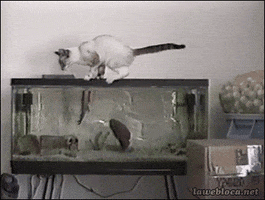SuncrestReef
That Apex guy
View BadgesExcellence Award
Reef Tank 365
Article Contributor
Reef Squad Emeritus
Controller Advisor
That's exactly what happened with my blue chromis and a birdsnest colony:Depending on what fish you have and what type of corals, the corals may actually become the place they take refuge.




















